揭秘稀世哥窑瓷器的传奇故事
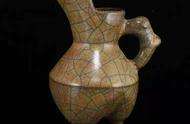
“哥窑”名列宋代五大名窑,在陶瓷史上有举足轻重的地位。哥窑胎多紫黑色、铁黑色、也有黄褐色。釉为失透的乳浊釉,釉面泛一层酥光,釉色以炒米黄、灰青多见,釉面大小纹片结合。
经染色后大纹片呈深褐色,小纹片为黄褐色,也称‘金丝铁线’“墨纹梅花片”“叶脉纹”‘文武片’等。这是传世哥窑的主要特征之一。器形有各式瓶、炉、尊、洗及碗、盆、碟等。多见仿古造型,底足制作不十分规整,釉面常见缩釉和棕眼。
而《中国陶瓷史》这样叙述:
造型有各式瓶、炉、洗、盘、罐等。论胎有厚薄之分,其胎质有瓷胎和砂胎两种,胎色有黑灰、深灰、浅灰、土黄多种色调,釉色也有粉青、月白、油灰、青黄各色。从时间上讲,这里应有早晚之别,从产地说也有恐非一个瓷窑的作品,情况是比较复杂的。
记载“哥窑”的古文献主要有:元代的《至正直记》,明代的《格古要论》、《遵生八笺》,清代的《博物要览》以及明代的《浙江通志》等。但究竟哥窑窑址何在?性质如何?一直是陶瓷史研究中众说纷纭、悬而未决的问题。
流传于世的“哥窑”经典器大多源自清宫旧藏,由于这批器物与古文献中的记载的“哥窑”特征不符,而且没有考古资料佐证,因而造成了中国陶瓷史上最大的悬疑。
为区别于明、清文献中所记载得哥窑(龙泉章生一窑),宫中名为“哥窑”的传世品,后世鉴赏家称其为“传世哥窑”。
藏品介绍
中文名称:仿青铜盉形哥窑
英文名称:Imitation bronze He elder brother kiln
类别:瓷器
规格:一件
品相:美品

这件哥窑金丝铁线特征极其明显,典型,可以看到这件器型独特,柄形似仿生紫砂壶柄,有如古藤一般的柄,古韵十足,整个身体是青铜盉的身体包括底足也是一摸一样的分裆柱三足形,在自然光线下出现了漫反射,古朴典雅,端庄大气,是难得的馆藏级藏品。
“金丝铁线”:哥窑瓷器釉面裂纹的专有称谓。传世哥窑瓷器的釉层肥腴,开细碎片纹。纹路分两种:一种是釉裂形成大开片的黑色纹路,俗称“铁线”;另一种是釉裂形成小开片的金黄色纹路,俗称“金丝”,合而即有“金丝铁线”之美称。其形成的原因是由于坯体与釉的膨胀系数不同,在窑内冷却的过程中釉因收缩率大而开裂。

盉是中国古代盛酒器,是古人调和酒、水的器具,用水来调和酒味的浓淡。盉的形状较多,一般是圆口,深腹,有盖,前有流,后有鋬(音畔),下有三足或四足,盖和鋬之间有链相连接。青铜盉最早出现于二里头文化时期(即夏文化),盛行于商晚期和西周,流行到春秋战国。中国古代青铜器从商代晚期开始,造型特点是敦厚凝重,装饰繁复,图纹威严神秘,西周大致秉承商代旧制而略有变化。随着王权衰落,礼崩乐坏,青铜礼器中逐渐透出一些令人轻松的气息,旧有的神秘、庄重与沉闷渐渐隐去,而新的有创意的造型和纹饰,一步步走向百姓生活。

口缘处采用了青铜匜器型的口缘,可以说这是一件把两种青铜器的特征相结合,再配有仿生柄,从外形来看是一种酒器,它比匜更方便使用,匜是属于盥洗器,而作为酒器,就要有深腹增加容量,就采用了盉的腹部,整体器型独特,开片精美,是瓷器中的稀有物。
匜音同仪,是中国先秦时代礼器之一,用于沃盥之礼,为客人洗手所用。周朝沃盥之礼所用水器由盘、盉组合变为盘、匜组合。
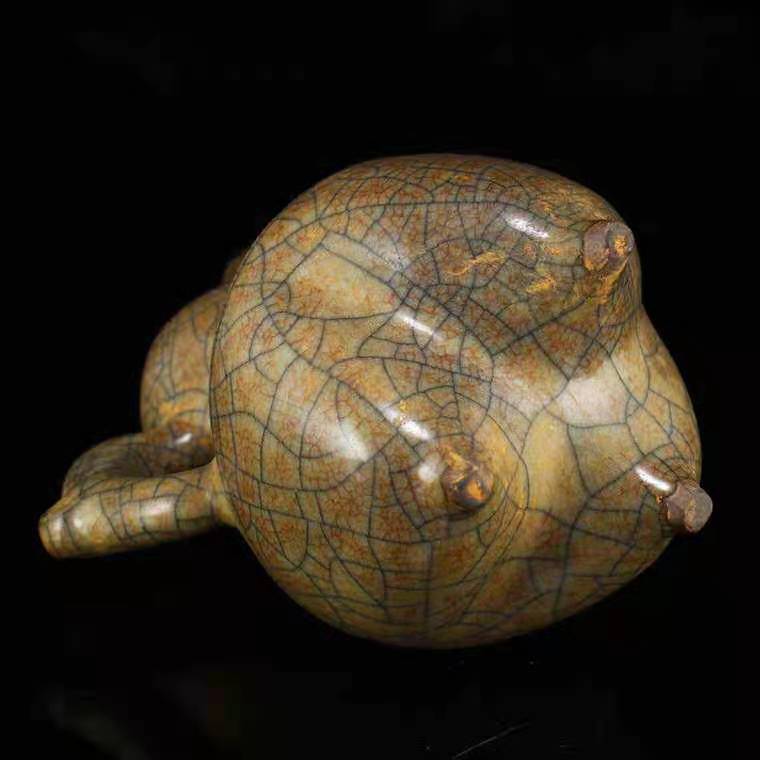
分裆柱三足十分典型,可以看到三足有如生锈的铁柱一般,这就是哥窑的铁足特征,再看釉面,哥窑釉属无光釉,犹如“酥油”般的光泽,十分的温润。哥釉瓷的重要特征是釉面开片,这是发生在釉面上的一种自然开裂现象。开裂原本是瓷器烧制中的缺陷,后来人们掌握了开裂的规律,有意识地让它产生开片,从而产生了一种独特的美感。宋代哥釉瓷釉质莹润,通体釉面被粗深或者细浅的两种纹线交织切割,术语叫作“冰裂纹”,俗称“金丝铁线”。
哥窑作为五大名窑之一,在电视剧正阳门下突出哥窑的地位,更是超越了汝窑器,是各大拍卖公司压轴重器,只有宋代哥窑,不远千里,斥巨资也要拿到手,因为目前的哥窑器是比大熊猫还稀有了,是瓷器收藏中的至宝,可谓是千金易得,一宝难求。
英文翻译:Ge Kiln is one of the five famous kilns in the Song Dynasty. Ge Yao fetus more purplish black, iron black, but also yellow-brown. Glaze is opaque glaze, glazed with a layer of crisp light, the glaze color to Fried rice yellow, gray and green, the size of the glaze grain combined.
After dyeing, the large grain is dark brown, while the small grain is yellowish brown, also known as "gold wire", "ink-grain plum", "leaf veins", "wenwu" and so on. This is one of the main features of the ancient Kiln. In the shape of various bottles, stoves, zun, washing and dishes, basins, dishes, etc. See archaize modelling more, bottom foot makes not very neat, glaze is common shrink glaze and palm eye.
The history of Chinese Ceramics is described as follows:
There are all kinds of bottle, stove, wash, dish, pot and so on. The thickness of the fetus is divided into two types: porcelain fetus and sand fetus. The color of the fetus is black gray, dark gray, light gray and yellow. In terms of time, there should be a difference between the morning and the evening. From the origin, there are also some works of porcelain kiln. The situation is quite complicated.
The main ancient documents recording "Ge Yao" include zhi Zhi Ji in the Yuan Dynasty, Ge Gu Yao in the Ming Dynasty, Zunsheng Bajian, Natural History In the Qing Dynasty and Zhejiang Tongzhi in the Ming Dynasty. But where exactly is the Kiln? What is the nature? It has been a controversial and unresolved issue in the research of ceramic history.
Most of the classic ware of "Ge Yao" that circulated in the world came from the old collections of the Qing Palace. Because these objects did not conform to the characteristics of "Ge Yao" recorded in the ancient documents, and there was no archaeological data to support it, this caused the biggest suspense in the history of Chinese ceramics.
In order to be different from the Ancient Ge Kiln (Longquan Zhangshengyi Kiln) recorded in Ming and Qing literature, the ancient ware named "Ge Kiln" was handed down in the palace, and later connoisseurs called it "Handed down Ge Kiln".
The collection is introduced
Chinese name: imitation bronze He form elder brother kiln
English name: Imitation Bronze He elder brother kiln
Category: Porcelain
Specification: one piece
Appearance: Beautiful
This elder brother kiln gold wire features extremely obvious, typical, you can see the shape is unique, the handle shape bionic violet arenaceous the handle, like a old vine man handle, gu, the whole body is the body of the bronze He including bottom feet are also the same fork column three foot shape, in natural light appeared diffuse reflection, of primitive simplicity and elegant, elegant atmosphere, is the rare class library collection.
"Gold wire and iron wire" : the name of glaze crack in Ge Kiln porcelain. Handed down ge Kiln porcelain glaze layer fat, open finely grain. There are two kinds of grain: one is the black grain formed by the crack of glaze, commonly known as "iron wire"; The other is the golden grain formed by the cracks of the glaze, commonly known as "gold wire", which is called "gold wire". The reason for its formation is that the expansion coefficient of the blank body is different from that of the glaze, and the glaze cracks due to the large shrinkage rate during the cooling process in the kiln.
He is shing wine in ancient China, it is the ancients instruments of mixed wine, water, water to reconcile the smell of the shade. He shape is more, usually round mouth, deep belly, covered, there is flow, before after Pan (Banks), has three or four feet, between the cover and Pan have chain link. The earliest bronze He appeared in the period of erlitou culture (i.e. the xia culture), popular in the late shang and western zhou dynasty, popular in the spring and autumn period and the warring states period. Since the late Shang Dynasty, ancient Chinese bronze wares were characterized by thick and dignified shape, heavy and complicated decoration, and dignified and mysterious figure pattern. The Western Zhou Dynasty generally followed the old system of the Shang Dynasty and changed slightly. With the decline of the royal power and the collapse of rites and music, the bronze ritual vessels gradually revealed some relaxing atmosphere. The old mystery, solemnity and dullness gradually disappeared, while the new creative shapes and decorations gradually entered the life of the common people.
Mouth edge in the side of the mouth, yi bronze ware can say this is a we can combine the characteristics of the two bronzes, equipped with biomimetic handle again, to see is a kind of wine from the appearance, it is more convenient than yi, yi is belong to the lavatory, in wine, there must be deep abdomen to increase capacity, adopted He abdomen, the overall shape is unique, open piece of elegant, is a rare thing in China.
Yi with instrument, is one of the pre-qin period sacrificial vessel in China, used to water washing, used to wash your hands for the guest. Of the zhou dynasty, washing water by disc, He combination into a plate, yi combination.
The three legs of the crotch column are very typical. You can see that the three legs are like rusty iron columns. This is the characteristics of The iron feet of Ge Kiln. The most important feature of ge glaze porcelain is the opening of glaze, which is a natural cracking phenomenon. Cracking was originally a flaw in porcelain firing, but later people mastered the law of cracking and consciously made it open, resulting in a unique aesthetic. The glaze of Ge enamel in song Dynasty was shiny and smooth, and the whole glaze was cut with thick and deep or thin lines. The term was called "ice crack", commonly known as "gold wire".
Elder brother kiln as one of five ancient jun in the TV series under the qianmen outstanding elder brother kiln status, but also beyond your kiln, jack axis is the auction company, only the elder brother of the song dynasty kiln, miles, denounce is gigantic endowment also want to take it, because the brother kiln is much more than a giant panda is a rare, is the treasure in porcelain collection, be a daughter is easy, the treasure is hard to find.
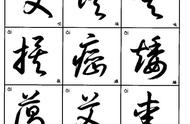
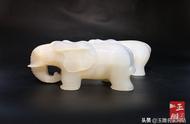









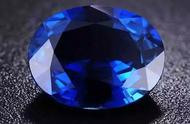

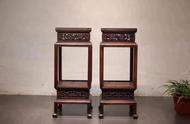
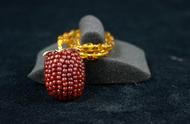





 鲁公网安备37020202370208号
鲁公网安备37020202370208号